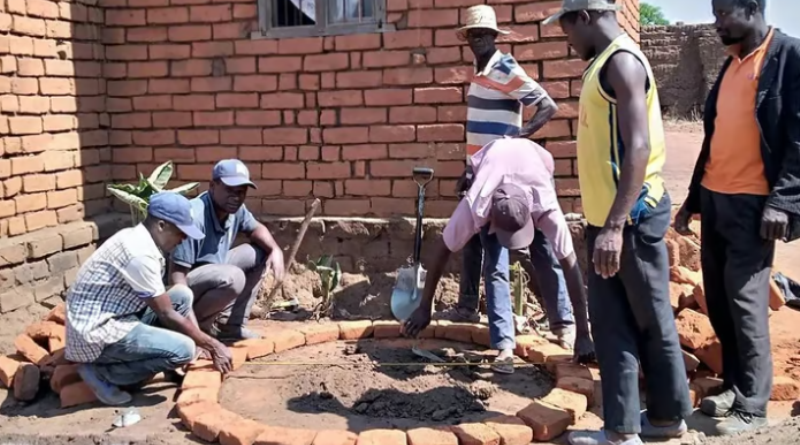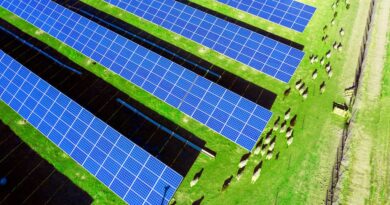Africa’s rain harvesters: Malawi’s indigenous calabash system gives sustainable solutions to water woes
In the heart of Southern Africa, Malawi is blending traditional knowledge with natural resources to address water scarcity, particularly during dry seasons. With rolling landscapes and lush valleys, the country is promoting indigenous water harvesting systems to sustain communities through the harsh dry spells.
Since 2021, the Rainwater Harvesting Association of Malawi (RHAM) has installed over 200 rainwater harvesting systems across the country, with a design referred to as a ‘calabash’. These systems collect and store rainwater during the rainy season, ensuring a steady supply for agriculture and domestic use year-round.
Carol Kaitano, a member of RHAM, explained that the calabash system involves building low-cost rainwater storage tank using local materials such as sand, cement and clay bricks. “We construct the cement cistern inside a clay brick mould reinforced with chicken wire mesh. After the cement hardens, the clay bricks are removed and reused for future constructions. Sometimes, cement blocks are preferred depending on availability,” she said.
The cisterns collect rainwater from rooftops or surface runoff and incorporate key engineering features, including catchment areas, filtration systems, storage capacity and distribution mechanisms. “The filtration system removes debris and the water is then distributed using simple gravity-fed or hand-pump systems for irrigation and household needs,” Kaitano added.
Each cistern can store between 5,000 litres and 20,000 litres of water. Communities where the systems have been introduced receive training on maintenance and usage to ensure sustainability. In Mitundu, Lilongwe, for instance, under the Group Village Headman (GVH) Kanyumbu, the system is managed through a community-based approach. Local leaders oversee implementation and ensure fair water distribution.

Kanyumbu emphasised the importance of community involvement. “We were trained to maintain the system and given leadership roles to ensure sustainability. We prioritise water for agriculture and domestic use, ensuring equitable distribution,” the GVH said.
RHAM highlighted the system’s success in areas like Mitundu. With the 2023-2024 rainfall ranging 900-1,200 millimetres, each cistern collected significant volumes of water, with a 10,000-litre cistern filling multiple times during the rainy season.
The reliability of the water supply has transformed agricultural practices, enabling farmers to cultivate crops year-round, Kaitano noted. “This has led to a 30-40 per cent increase in crop yields, boosting food security and providing farmers with surplus produce to sell at local markets,” she said.
Additionally, each cistern serves multiple households, with some supporting up to 10 families for drinking, cooking, cleaning and irrigation. This shared resource fosters community cooperation and ensures that even the most vulnerable families have access to water.
The calabash system is cost-effective, allowing rural communities to build and maintain it without incurring high expenses. Its success is attributed to community engagement and support from local governments, non-profit organisations and international development agencies. These factors combine to make the calabash system an accessible and sustainable solution for rural areas, ensuring long-term benefits to the communities it serves.
The Malawi government, through the Ministry of Water and Sanitation, is actively involved in identifying and managing surface water resources to support development, conservation and protection efforts. This approach ensures that valuable water resources are managed sustainably and preserved for future generations.
The ministry also offers hydrological advisory services to optimise water use and address water scarcity.
Minister of Water and Sanitation, Abida Mia, emphasised the government’s plan to expand these systems to more villages, ensuring reliable water access for even the most remote communities. These plans include incorporating advanced water management practices to improve efficiency and ensure the sustainability of water resources.
“With proper scaling, the calabash system could alleviate water scarcity in rural areas and revolutionise how communities manage water resources,” Mia said. “The system could play a critical role in improving food security and building resilience against the impacts of climate change.”
The government’s investment in sustainable water management is part of its broader strategy to create a more resilient and prosperous future, ensuring equitable water distribution across all regions.
Source: downtoearth.org.in




